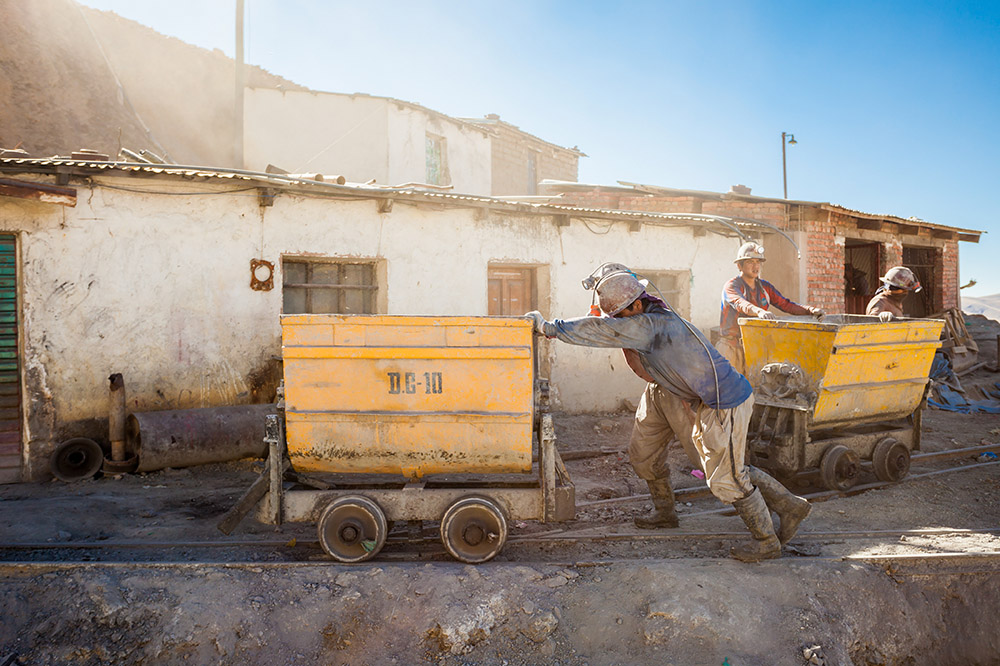New tool helps companies to map risks in value chain
Parties to the International RBC Agreement for the Metals Sector have developed a new tool: the Due Diligence Risk Matrix. The Matrix gives an overview of the risks for 39 main raw materials within the metals sector.
 © AdobeStock
© AdobeStock
Step 2: risk assessment
The Risk Matrix can be used during step 2 of the OECD Due Diligence process by all companies that work with metals and minerals in their value chains. The Matrix provides insight into the key risks that may occur in value chains. It also shows per product and per production country how high the probabilities of these risks are at the national level. Countries have been selected on the basis of their (possible) production capacity of a raw material.
Risks
The Matrix assesses raw materials on the severity and likelihood of 13 risks: discrimination & gender, child labour, forced labour (2 indexes), child labour, labour rights and fair wages, freedom of association, environmental issues, ecological threat, biodiversity & deforestation, water use and water availability, corruption and land tenure. Indexes have been chosen as they seem relevant in conducting the necessary preliminary research, giving a quick insight into a country’s (operating) context. The Risk Matrix was created by CNV Internationaal.
After companies have identified the major risks, they can jointly tackle them withing the Agreement through collective projects, together with social organisations. For example, one of these projects is focussed on the health and safety risks in metal mines in Peru and Bolivia.
Download the Due Diligence Risk Matrix
